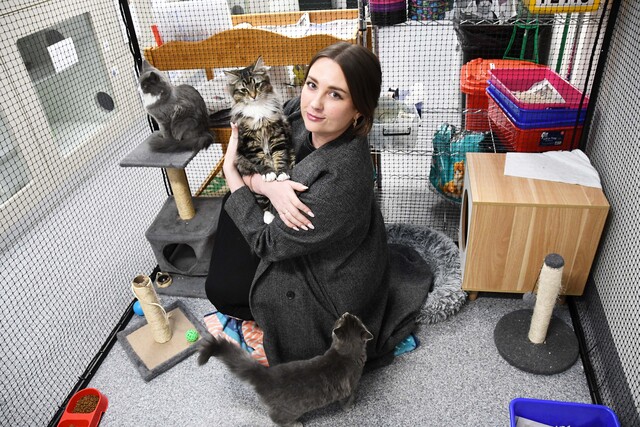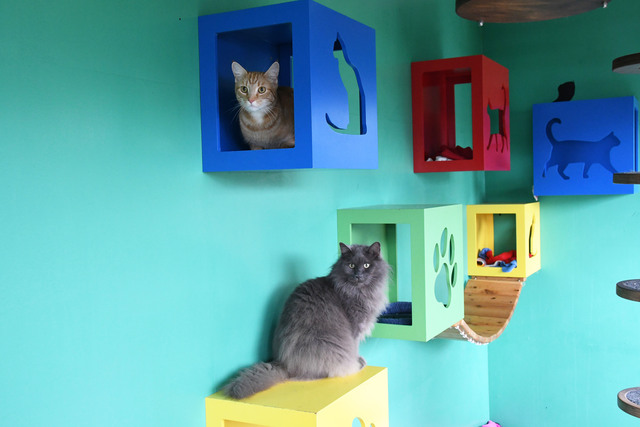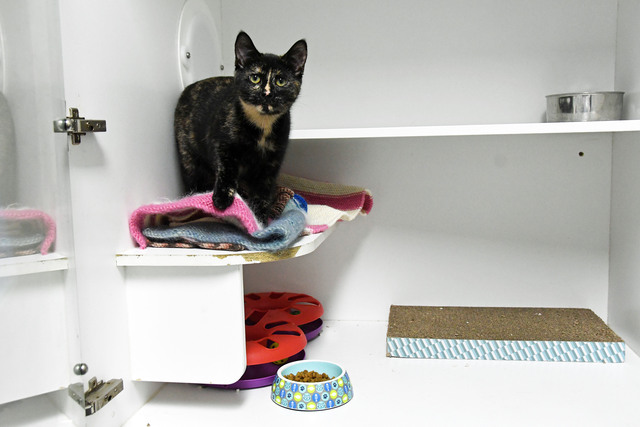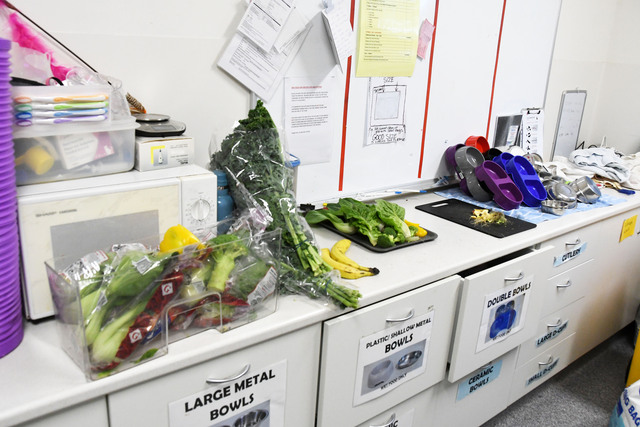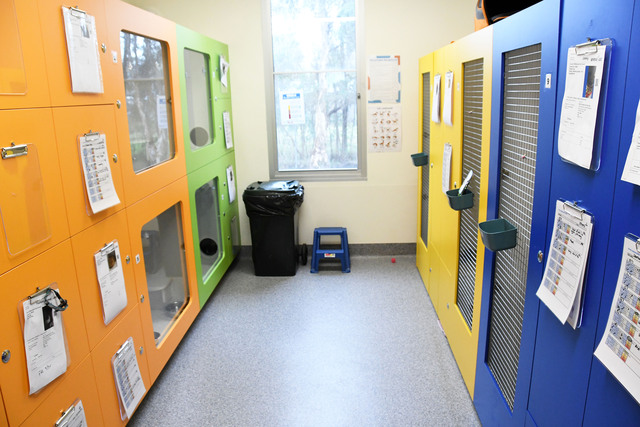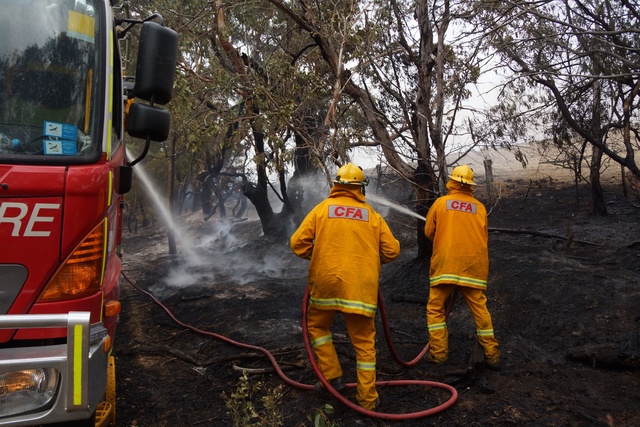Animal Aid denied all allegations reported by the Herald Sun while whistleblowers shared their own experiences, adding claims related to the allegations.
The Herald Sun published a shocking article on Sunday 6 July, raising allegations of the Coldstream-based animal welfare organisation’s neglect and mistreatment of animals in their care.
To get a big picture of the issue, Star Mail contacted both Animal Aid and whistleblowers.
Animal Aid communications and engagement manager Elle Ammann said she was very upset and surprised when she saw the article.
“The day before the article came out, the Herald Sun had given us a list of questions which we responded to as soon as possible, all of which we were doing our very best to be honest and transparent,” she said.
“We invited them to come down and speak with us. Unfortunately, they chose not to, and they chose not to use a lot of the information that we did provide.
“When I saw the article as it was, I was very upset and surprised that they wouldn’t want to include all of the facts.”
At the end of last month, a report was sent to the Animal Aid board which includes serious claims alleging the wrong management in animal welfare in regard to animal feeding, euthanisation and medical treatment.
Ms Ammann said Animal Aid has great systems for cleaning, feeding, and medication.
“We have charts to check health and make sure that we’re on top of anything that they need. If they have any indication of poor health, or if behaviourally, they’re not going in the direction we want to do, we note all of those things and make sure that we find the right intervention to keep them happy and healthy,” she said.
“As far as specifics, we have thousands of cats who come to us, who are lost, who have been out, who may have been injured, who have been maybe living by themselves for some time, and unfortunately, on a very rare occasion, it is possible that one has passed away before they had time to see a vet.
“But we have vets on site here. We would not withhold medical help at any point. So I don’t know specifically what happened with the person that they spoke about a lot in the story, but I can say that we have a system, our vets check all of the time. And it’s just not true to suggest that because one kitten did pass away from a wound that had previously had whilst in our care. It’s just not an indication of how we treat.”
Animal Aid confirmed that the team cleans the shelter twice a day, and the cats in the cattery all have constant access to dry food and water, and get wet food at least once a day.
Star Mail succeeded in contacting former staff members and volunteers who were willing to share their experiences which opposed Ms Ammann’s explanation.
A former Animal Aid staff member, Sue (pseudonym), who worked for the organisation for nearly a decade, said she left the shelter after her efforts to make change within the shelter didn’t work.
“I couldn’t work for an organisation that wasn’t in line with my beliefs any longer,” she said.
“There were obviously always issues, as there always will be because everybody has different opinions on things but since (the current chief executive officer) had taken over, he didn’t want any dogs or cats to go out to rescues.
“I begged, borrowed and pleaded with this particular dog that I did get out to a rescue organisation and I used that dog as an example in which I created a report to say (to the board), ‘This is the dog. This is how it is now going. It’s effectively living happily ever after so why can’t we use rescue instead of euthanising the dog?’
“The response I got was basically, ‘Well, if we can’t rehome the dog here, we’re not going to pass on our problems to somebody else, so we’ll euthanise them’, so that didn’t get me anywhere and that was my pushing point.”
Sue explained a couple of other examples.
Sue claimed an older husky, which came in through the pound section, was marked for put to sleep straight away without a vet check because it looked elderly.
“There are countless cases. When staff left they often took dogs with them as they were fails. When I left there, I took a few dogs with me,” she said.
“One particular dog was fail if the dog wasn’t claimed in eight days. It would be failed because of chronic skin issues.
“He did have horrendous skin issues but they weren’t going to try to resolve them. We all kicked up a fuss. Obviously, the dog was to be put to sleep, and I said, ‘If I take the dog home and try, can we see how we go?’ Now that dog lived an extra three years, and once his fur grew back, he had no skin problem.”
Animal Aid claimed it has clear pathways to conduct euthanisation in which it doesn’t make any decision simply.
Ms Ammann said if they have to make a decision when an animal is in great distress or can’t be rehabilitated, it’s never a convenient decision but always a kind decision.
“When those decisions are made, it is in consultation with a vet as well as a behaviouralist. And we’ve always exhausted every other option. It’s not arbitrary, it’s not thoughtless, it’s very considered and it’s always recorded,“ she said.
“Animal Aid has some of the best save rates in the industry, and the fact, that this comes out and makes us sound so callous, is hurtful for our team and for everything that we’ve built, but also our supporters who have helped us make such a beautiful space.
“We hate that they would be thinking that we haven’t responded well to the needs of the animals when it’s just blatantly untrue. (The animals) are really happy, and there are no secret rooms. We’re happy to take anyone through any aspect of our facility. There’s no secrets here at all.”
Save rates for all animals in the financial year of 2023-24 was 85.66 per cent calculated by the following method based on the numbers in the latest annual report.
Save Rate (per cent) = [(Total Incoming – Euthanised) / Total Incoming] × 100.
Another former Animal Aid staff member, Amelia (pseudonym), said she left in 2022 when a lot of staff left due to issues within the organisation.
“For example, we had a dog on foster with a staff member. It needed orthopaedic surgery. And the staff member wanted to adopt that dog, also offered to pay for that surgery, and that dog was euthanised without the foster carer even being able to say goodbye to the dog,” Amelia claimed.
Former kennel attendant Emma (pseudonym) said one of the main issues was overcrowding.
“It is a usual issue at council-contacted pounds, however, with Animal Aid, they would literally have two staff (looking after) 50 dogs plus on some days,” she said.
“We would not be able to get those dogs out to even go to the toilet some days. Because we were working so much overtime to try and get the dogs out for sufficient exercise throughout the day, they cut us off at 5 o’clock, and if we did overtime, we would get official warnings because they didn’t want to pay us essentially.
“So that led to the welfare issues with the dogs. We had dogs that would be holding on to go to the toilet. Some dogs don’t toilet in their pens. If it was after 5 o’clock, you weren’t allowed to take them out.”
Animal Aid also denied the allegation of the shelter being overcrowded.
“Animals come in and out all of the time. So we have stray cats come in. We have cats who have been trapped on other people’s properties come to us. Some of them go back to their original owners, and some of them enter the process to become adopted,” Ms Ammann said.
“But that moves very quickly, and at any time we have space, but we’re always looking for more foster carers. We’re always looking for more external adoption pathways.
“We want to work with more businesses like we have animals at Petstock, who are helping us adopt them out. And we’re not at capacity most of the time, and it doesn’t stop our ability to care for them.”
Linda Lloyd has been volunteering at Animal Aid for 12 years, mainly in the welfare category.
She is a foster carer of cats and also works part-time as a paid worker, doing some cleaning.
Ms Lloyd said there hasn’t been any dodginess as far as the welfare of the cats that she’s been associated with at Animal Aid.
“There are times when we do have to euthanise cats, and it’s usually because of behaviour, or they’re very, very old, they’re very sick, or they’ve been injured in such a way that they’re not going to make it,” she said.
“I, myself being a foster carer, have been in the situation when I’ve had young kittens, and a few of those kittens just didn’t make it. Unfortunately, they had to be put to sleep because they were just fading away. And it’s called fading kitten syndrome.
“I’ve also had large older cats for behavioural problems. When looking after a behaviour cat, you get a feeling that they are going to take a little bit of time but I’ve always gone back to the staff and the manager as to like, ‘This cat is going to be okay, but it might take an extra week being in foster care’
“And it’s normally reviewed by the welfare vet, the shelter manager, and also the behaviour people that we have had on site here, so it’s not a case of it just gets whisked away or hidden somewhere and then taken away.“

